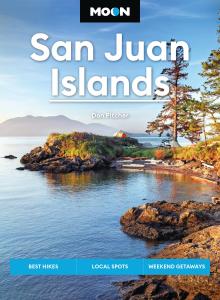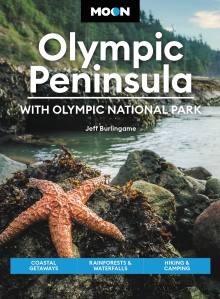The Best of Washington State in 10 Days
This 10-day itinerary covers some of the best things to do in western Washington. You’ll explore some of the state’s most well-known locations—vibrant Seattle, the serene San Juan Islands, the Olympic Peninsula’s untamed beauty, and magnificent vistas of Mount Rainier.

Seattle

Day 1
Start with a visit to iconic Pike Place Market to sample fresh seafood and shop for unique handicrafts. Don’t miss the Gum Wall and the original Starbucks store nearby. For lunch, head to Beecher’s Handmade Cheese for some of their famous mac and cheese. In the afternoon, explore the Seattle Art Museum, then rent a bike and ride to Olympic Sculpture Park. Return your bike and have a scenic waterfront dinner in Belltown at Aqua by El Gaucho, followed by an evening ride on the Seattle Great Wheel.
Day 2
Begin your second day with coffee and pastries at Le Panier, a French bakery in Pike Place Market. Next head to the Space Needle for some of the best views of the city. Take the elevator back down and walk next door to Chihuly Garden and Glass to admire the stunning glass sculptures. Have lunch at Taylor Shellfish Farms for fresh oysters. Spend the afternoon at the Museum of Pop Culture, exploring exhibits dedicated to music, science fiction, and pop culture. Head back to Pike Place for an Italian meal at The Pink Door.
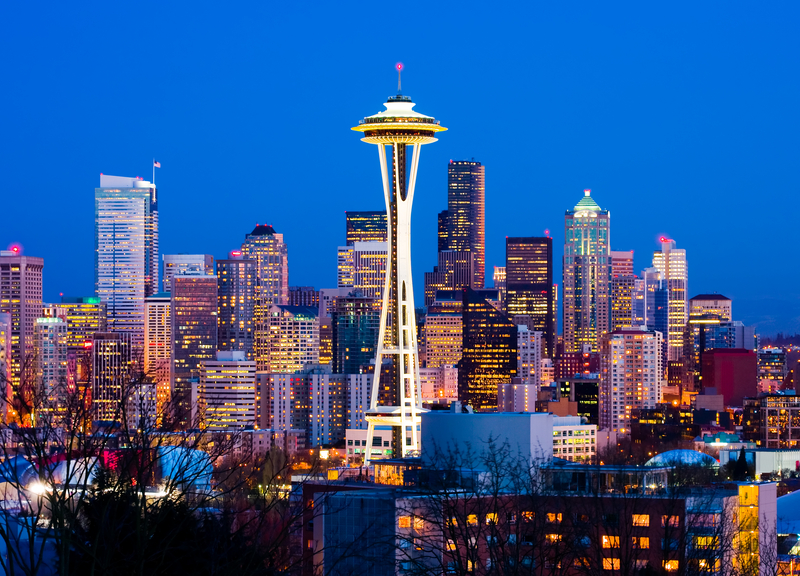
Day 3
In the morning, make your way to Ballard for coffee at Caffe Umbria. Afterward, visit the Ballard Locks to watch boats pass through the canal and salmon navigate the fish ladder. Stroll through the charming shops in the Ballard area. For lunch, enjoy the vibrant flavors at La Carta de Oaxaca.
Spend the afternoon in Fremont exploring quirky art installations, such as the Fremont Troll. You can also go to Gas Works Park for views of the Seattle skyline. For dinner, try Ivar’s Salmon House, which offers beautiful views of Lake Union.
San Juan Islands
Day 4
After a cup of coffee at Storyville Coffee in Seattle, drive to Anacortes to catch the ferry to San Juan Island. The drive is about 1.5 hours, and the ferry ride is another 1.5 hours, so factor travel time into your itinerary. Once you get to Friday Harbor, enjoy a burger and fries at Vic’s Drive In. Spend the afternoon in Friday Harbor exploring local stores like Griffin Bay Bookstore and Arctic Raven Gallery. Then visit the San Juan Island National Historical Park, including the American Camp and English Camp, to learn about the history of the area.
For dinner, visit Downriggers to dine with views of the ferry. After dinner, go to Lime Kiln Point State Park, see if you can spot any whales, and walk along the trails while enjoying stunning coastal views. Return to your hotel in Friday Harbor on San Juan Island, where you’ll stay for two nights.
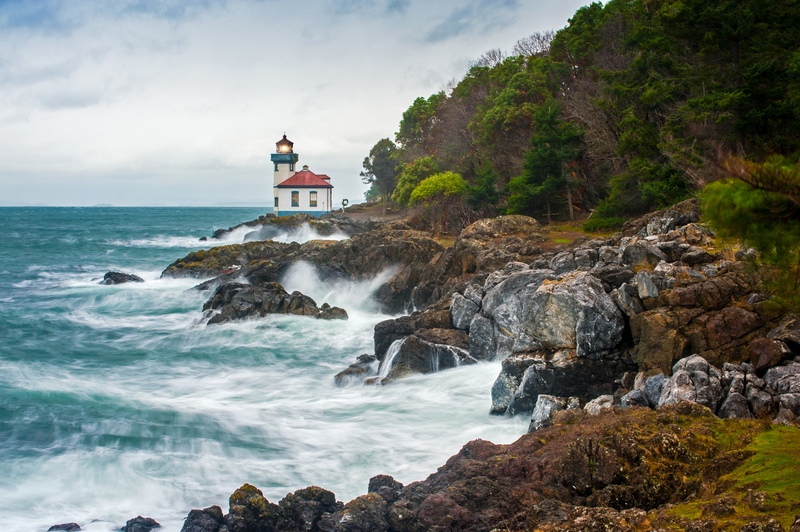
Day 5
Start your morning at Rocky Bay Café & Delicatessen, a local favorite for hearty breakfasts. Join a whale-watching tour with a local operator to experience majestic orcas and other marine wildlife. Head to The Bait Shop in Friday Harbor for lunch for seafood and stunning waterfront views. In the afternoon, visit The Farm at Krystal Acres, where you can meet friendly alpacas and browse the farm store, which sells a variety of ethically produced products made from alpaca wool. Next, enjoy a tasting at Westcott Bay Cider, sampling their artisanal ciders made from local apples. For dinner, head to Roche Harbor to dine at Duck Soup, then walk around the harbor at sunset.
Olympic Peninsula
Day 6
Before leaving San Juan Island, start your day with a quick breakfast at Bakery San Juan in Friday Harbor. Take a morning ferry back to Anacortes and drive 2 hours 45 minutes to Port Angeles. Enjoy lunch in Port Angeles at Downriggers on the Water. Then start your exploration of Olympic National Park at Hurricane Ridge. Drive up to this stunning vantage point to enjoy views of the mountains and valleys, and spend the afternoon hiking one of the many trails, such as High Ridge. Return to Port Angeles and enjoy dinner at Next Door GastroPub. Stay the night in town.
Day 7
In the morning, drive to Neah Bay and learn about the rich heritage of the Makah Tribe at the Makah Cultural and Research Center. Then head to nearby Cape Flattery for a short hike to the dramatic cliffs overlooking the Pacific Ocean. For lunch, enjoy a meal at Calvin’s Crab House back in Neah Bay. In the afternoon, make your way to the Hoh Rain Forest, one of the most lush and green areas in the Pacific Northwest. Walk the Hall of Mosses trail and immerse yourself in the serene beauty of this unique ecosystem. End with dinner in Forks at Pacific Pizza, and stay the night in Forks.
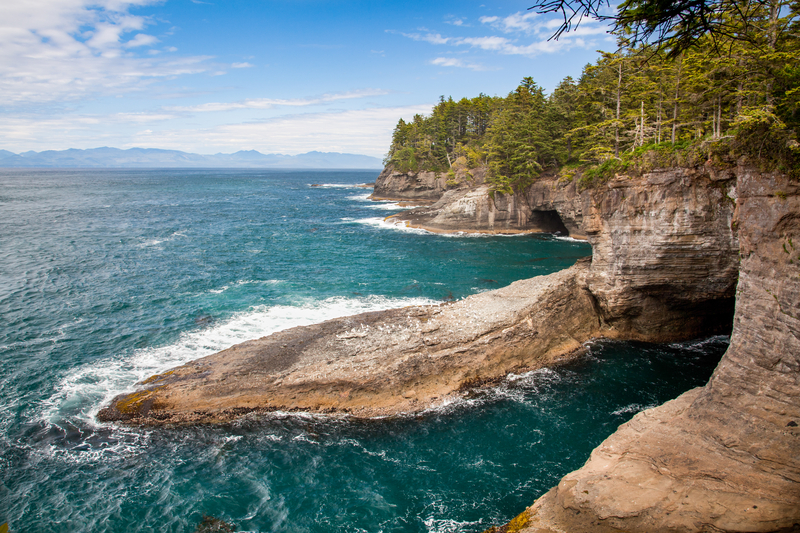
Day 8
In the morning, grab a bite to eat and coffee from one of the local coffee stands in Forks. Stop at Kalaloch Beach to see the famous Tree of Life and enjoy the scenic coastal views as you make your way to Ocean Shores. For lunch, try Bennett’s Fish Shack for some of the best fish and chips in the area. Rent a bike and cruise along Ocean Shores’ roads, or visit Damon Point State Park. In the evening, dine at Galway Bay Irish Pub for Irish food and live music. Stay the night in Ocean Shores.
Whether you’re headed to top of the Space Needle or Mount Rainier, explore the unique culture and rugged wilderness of the Evergreen State with Moon Washington.
Mount Rainier
Day 9
After coffee in Ocean Shores, drive the 3 hours to Mount Rainier, stopping in Olympia for lunch at Well 80 Brewhouse. Continue your journey to Mount Rainier, arriving at Paradise in the early afternoon. Spend the afternoon hiking the Skyline Trail and stop at Myrtle Falls on the way back. In the evening, enjoy dinner at the Paradise Inn Dining Room and head to Ashford to stay the night.
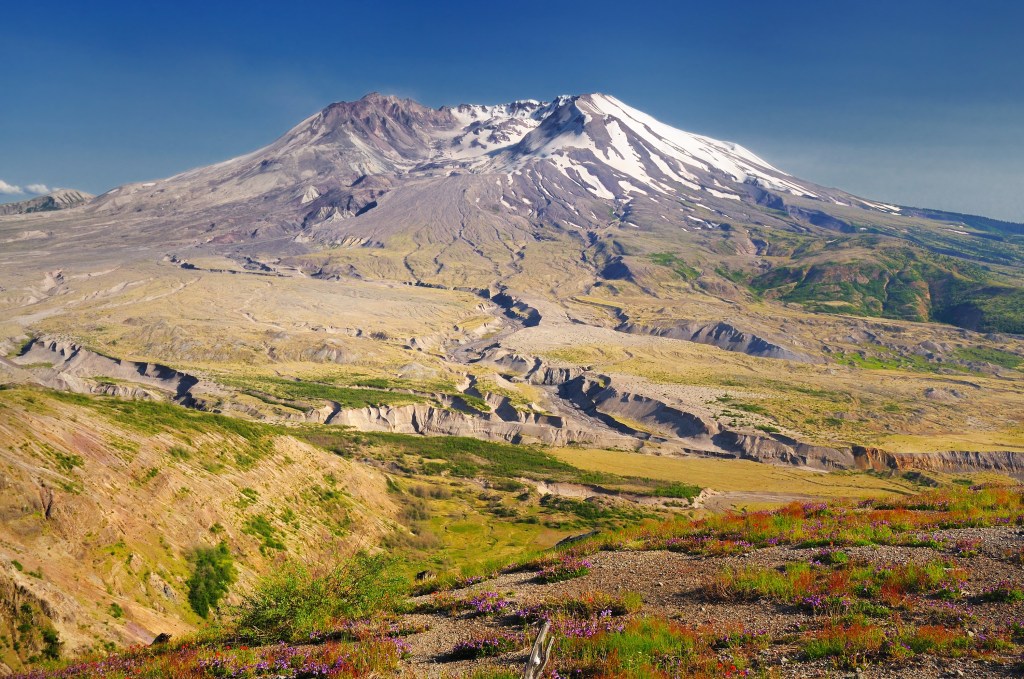
Day 10
Start your morning with breakfast at Paradise Village Restaurant in Ashford. Drive toward Mount St. Helens, which will take 2 hours. Along the way, pause at Mayfield Lake for beautiful views and a chance to stretch your legs. For lunch, stop at the Backwoods Café at Eco Park Resort near Silver Lake. Visit the Coldwater Ridge Visitor Center to learn more about the eruption and the area’s recovery. Spend the afternoon exploring the hiking trails, taking in the views of the crater and lava dome. From Mount St. Helens, it’s a 3-hour drive back to Seattle, so many people choose to stay the night in Castle Rock. El Compadre is a great place for Mexican food in Castle Rock if you stay overnight.
Newsletter Signup
By clicking ‘Sign Up,’ I acknowledge that I have read and agree to Hachette Book Group’s Privacy Policy and Terms of Use
Pin It for Later

